A Military History of Ancient India
Synopsis
India’s military history goes back to the Indus or Harappan people who flourished 5,000 years ago; the history of military fortifications in the country goes back even further. It remains, however, a subject largely neglected by the country’s historians. This book traces the evolution of India’s military tactics and strategy during the ancient period and till the eleventh century ad by examining available sources from a dispassionate, professional military perspective. The author analyses the military factors which led to the end of the Harappan civilization. The Rig Veda contains a great deal of information about battles fought by the Aryans. The author makes use of the description of the first recorded battle, the Dasrajan War fought around 1900 bc, as a basis for reconstructing the strategy and tactics employed by the combatants. The portion of Kautilya’s Arthashastra dealing with matters military has been examined at some length because it exercised a profound influence on the tactics of Indian warfare for over a millennium. Such loyalty to the injunctions of the shastras bred extreme conservatism in military doctrine and often effectively prevented progress and innovation in the art of war. Learning from experience, the Guptas repudiated Kautilya’s static concept and successfully defended the country against the Hunas. This work traces how a subsequent reversion to tradition and the antiquated Kautilyan system led to tragic consequences. A major misconception which the author repudiates is that Indian kingdoms tamely knuckled under invading armies. Facts are quite different. Alexander was fought to a stand-still by the gallant Paurava ruler of a tiny state. The rampaging conqueror of Persia had to enter into a truce and an alliance after agreeing to hand over a part of the conquered territory. A memorable triumph of Indian arms was achieved by Skandagupta who so decisively routed a mounted force of 300,000 Hunas in ad 456 that it took them half-a-century to gather courage for another intrusion. Several other Indian soldier-kings displayed commendable strategic ability and tactical competence and won great victories, including Lalitditya of Kashmir, Chalukya Pulakesin II (7th century), Rashtrakuta kings Dhruva (8th century), Govinda III (8th-9th centuries), Indra III (10th century), and others. The onslaughts of the triumphant armies of Islam were successfully frustrated for over 75 years by small states and republics beyond the Khaiber and Bolan passes. Only after more than a dozen abortive attempts did the Caliph’s armies find a weak spot in Sind. That incursion too was opposed tooth and nail, effectively contained, and practically eliminated. In fact, the historical truth is that ancient India faced fewer invasions than several other parts of the world, and its response to outside invasions was exceptionally robust. It was not the Hindu art of war which was defective but the Indian people's aversion to change and an emotional attachment to tradition which were their undoing. A unique and exceptionally commendable fact about warfare in ancient India was its success in bringing about some restraint and rules for a humane conduct of war many centuries before the rest of the world began to even think of such a dimension. At the turn of the new millennium, war continues to decide the fate of nations despite brave — alas, hollow — words to the contrary. The knowledge of a country’s military history is therefore essential for its policy-makers, politicians, bureaucrats, historians, political scientists and professional soldiers alike for organizing its successful defence.
Read more
74.70
67.23
$
83.00 $
Free delivery Wolrdwidе in 10-18 days
Ships in 1-2 days from New Delhi
Membership for 1 Year $35.00
Get it now and save 10%
Get it now and save 10%
BECOME A MEMBER
Books by the same author

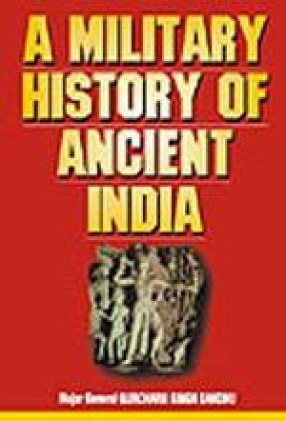
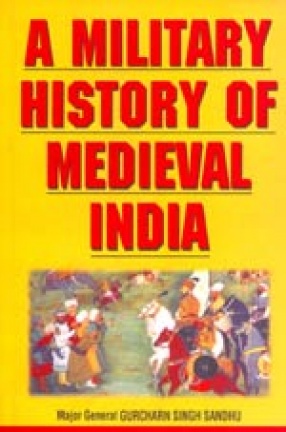
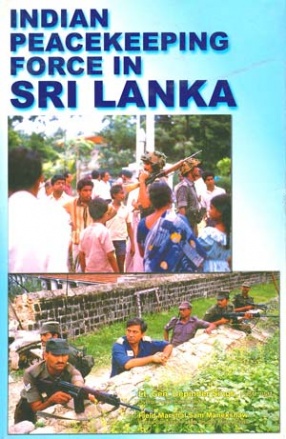
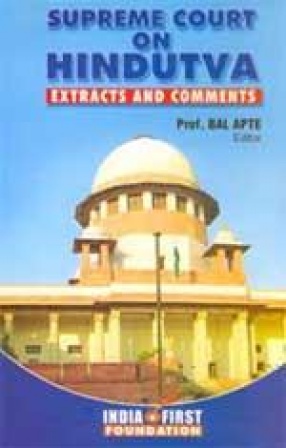
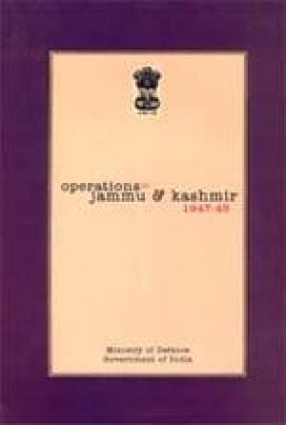
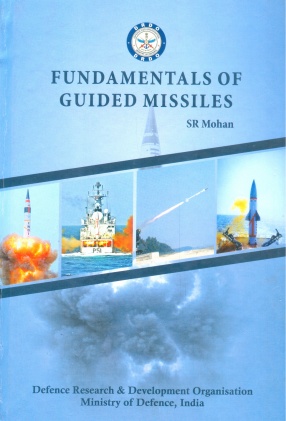

Bibliographic information